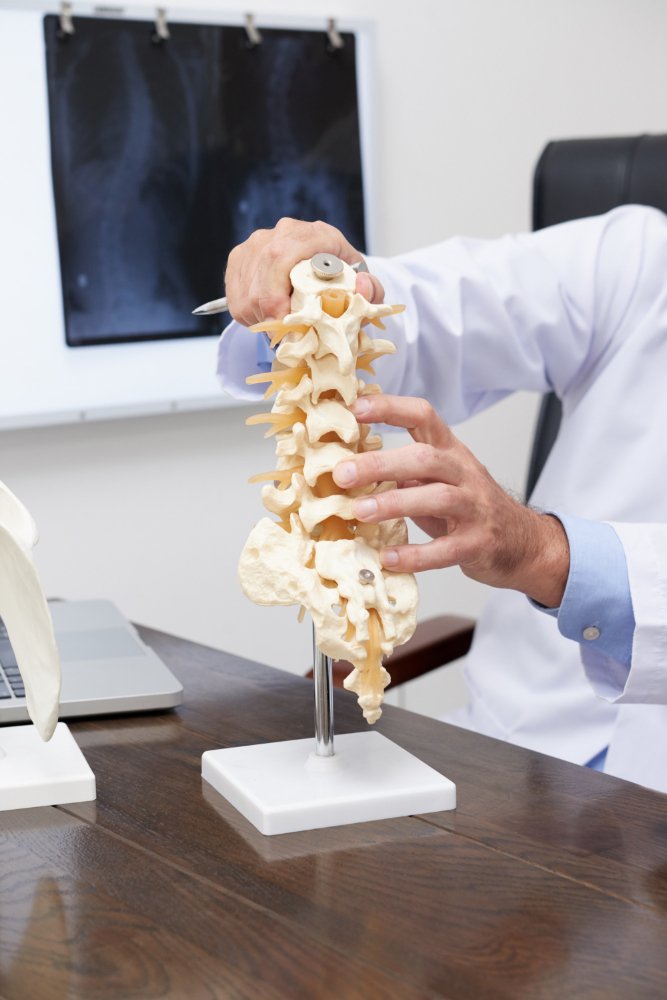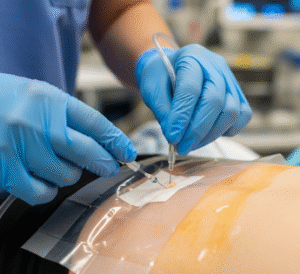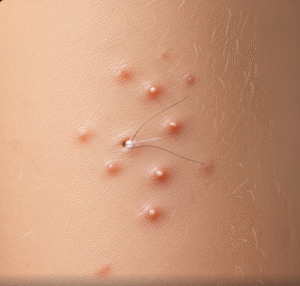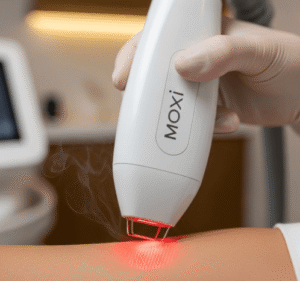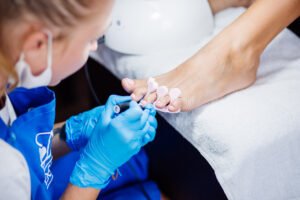Overview
Ankylosing Spondylitis (AS) is a chronic inflammatory disease that primarily affects the spine and sacroiliac joints, leading to pain, stiffness, and potentially permanent fusion of the spine. Over time, AS can severely impact posture and mobility. Early diagnosis and proper treatment can significantly slow progression and improve quality of life.
What is Ankylosing Spondylitis?
Ankylosing Spondylitis is a type of seronegative spondyloarthritis, which mainly affects the axial skeleton. The inflammation causes new bone formation, which can result in sections of the spine fusing in a fixed, immobile position. It typically begins in early adulthood and is more common in men. AS is strongly associated with the HLA-B27 gene.
Symptoms
- Chronic lower back pain and stiffness (especially in the morning or after inactivity)
- Pain improves with exercise but not rest
- Limited spinal mobility
- Stooped posture in advanced cases
- Pain and stiffness in hips, shoulders, and heels
- Fatigue
- Eye inflammation (uveitis)
- Difficulty breathing (if ribs are affected)
Causes
The exact cause of AS is unknown, but it is believed to result from a combination of genetic and environmental factors:
- Genetics – Strongly linked to the HLA-B27 gene
- Immune system dysregulation – Abnormal inflammatory responses
- Possible environmental triggers – Infections or gut microbiota may play a role
Risk Factors
- Family history of AS or other autoimmune diseases
- Presence of HLA-B27 gene
- Male gender – Men are more likely to develop severe AS
- Onset before age 40
- Chronic inflammatory bowel disease (like Crohn’s disease or ulcerative colitis)
Complications
- Spinal fusion – Loss of spinal flexibility and posture deformities
- Uveitis – Painful eye inflammation
- Reduced lung capacity – Due to rigidity of chest wall
- Heart problems – Aortic inflammation or arrhythmias
- Fractures – Due to brittle fused spine
- Depression and social isolation from chronic pain
Prevention
There is no guaranteed way to prevent AS, especially if it’s genetically inherited. However:
- Early detection and treatment can prevent complications
- Regular physical activity can maintain posture and flexibility
- Avoid smoking, as it worsens spinal damage and lung capacity
- Good posture practices help prevent deformities
Treatment Options in Korea
South Korea offers world-class care for ankylosing spondylitis, with an emphasis on early diagnosis, advanced imaging, and personalized therapy plans.
Medications:
- NSAIDs – First-line treatment to reduce pain and inflammation (e.g., naproxen, celecoxib)
- TNF-alpha inhibitors – Biologic drugs like infliximab, etanercept, adalimumab
- IL-17 inhibitors – Such as secukinumab for patients unresponsive to TNF inhibitors
- Corticosteroids – For short-term flare-up control
Physical Therapy & Rehabilitation:
- Specialized exercise programs to maintain spine flexibility and posture
- Postural training and breathing exercises to improve lung function
- Hydrotherapy and manual therapy under expert guidance
Advanced Diagnostics:
- MRI and CT scans for early joint inflammation detection
- HLA-B27 testing to confirm genetic susceptibility
Surgical Options:
- Rarely needed, but joint replacement (e.g., hip) or spinal osteotomy for severe deformities
Integrated Care in Korean Hospitals:
- Seoul National University Hospital, Samsung Medical Center, Asan Medical Center, and Severance Hospital provide multidisciplinary care involving rheumatologists, physiatrists, orthopedists, and rehabilitation therapists.

